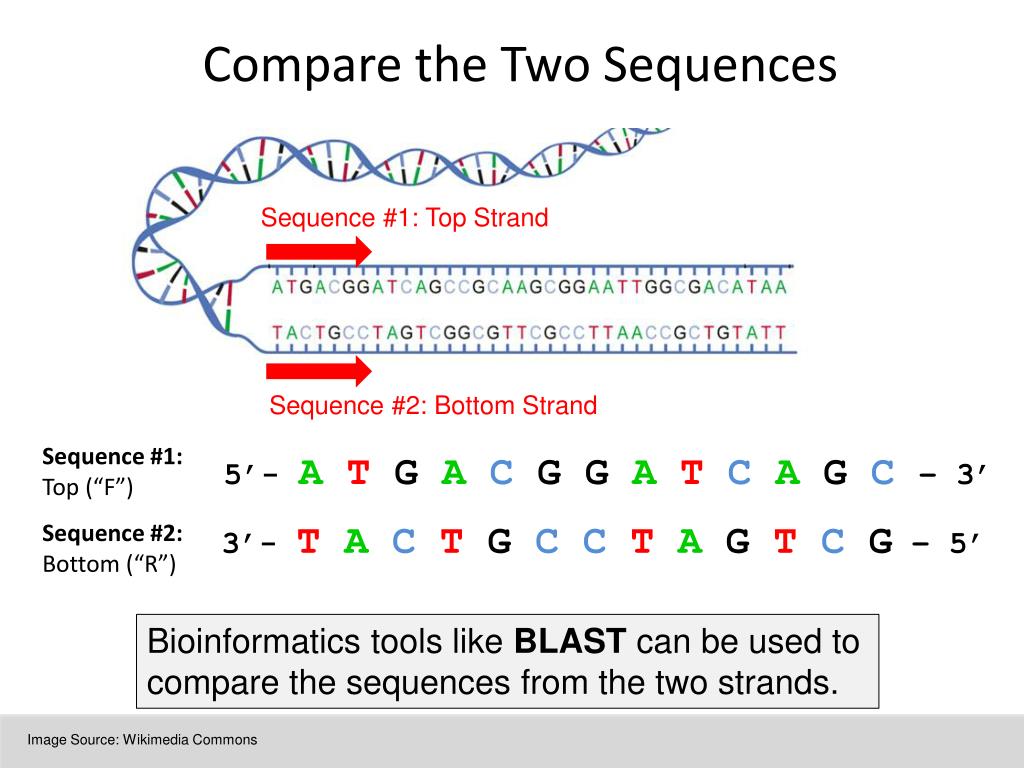

GENETIC SEQUENCE ANALYSIS CODE
First, it can be used to find genes, segments of DNA that code for a specific protein or phenotype. Knowledge of the sequence of a DNA segment has many uses. Applications of DNA sequencing technologies The utility of next-generation technologies was improved significantly by advances in bioinformatics that allowed for increased data storage and facilitated the analysis and manipulation of very large data sets, often in the gigabase range (1 gigabase = 1,000,000,000 base pairs of DNA). These newer approaches enable many DNA fragments (sometimes on the order of millions of fragments) to be sequenced at one time and are more cost-efficient and much faster than first-generation technologies. Next-generation (massively parallel, or second-generation) sequencing technologies have largely supplanted first-generation technologies. Later, the method was performed by using automated sequencing machines, in which the truncated DNA molecules, labeled with fluorescent tags, were separated by size within thin glass capillaries and detected by laser excitation. The molecules were separated according to size in a procedure called electrophoresis, and the inferred nucleotide sequence was deduced by a computer. A population of nested, truncated DNA molecules was produced that represented each of the sites of that particular nucleotide in the template DNA. In the Sanger method, which became the more commonly employed of the two approaches, DNA chains were synthesized on a template strand, but chain growth was stopped when one of four possible dideoxy nucleotides, which lack a 3’ hydroxyl group, became incorporated, thereby preventing the addition of another nucleotide. Maxam and Walter Gilbert, and the Sanger method (or dideoxy method), discovered by English biochemist Frederick Sanger.

So-called first-generation sequencing technologies, which emerged in the 1970s, included the Maxam-Gilbert method, discovered by and named for American molecular biologists Allan M. SpaceNext50 Britannica presents SpaceNext50, From the race to the Moon to space stewardship, we explore a wide range of subjects that feed our curiosity about space!.Learn about the major environmental problems facing our planet and what can be done about them! Saving Earth Britannica Presents Earth’s To-Do List for the 21st Century.100 Women Britannica celebrates the centennial of the Nineteenth Amendment, highlighting suffragists and history-making politicians.
GENETIC SEQUENCE ANALYSIS HOW TO
COVID-19 Portal While this global health crisis continues to evolve, it can be useful to look to past pandemics to better understand how to respond today.Student Portal Britannica is the ultimate student resource for key school subjects like history, government, literature, and more.This Time in History In these videos, find out what happened this month (or any month!) in history.



 0 kommentar(er)
0 kommentar(er)
